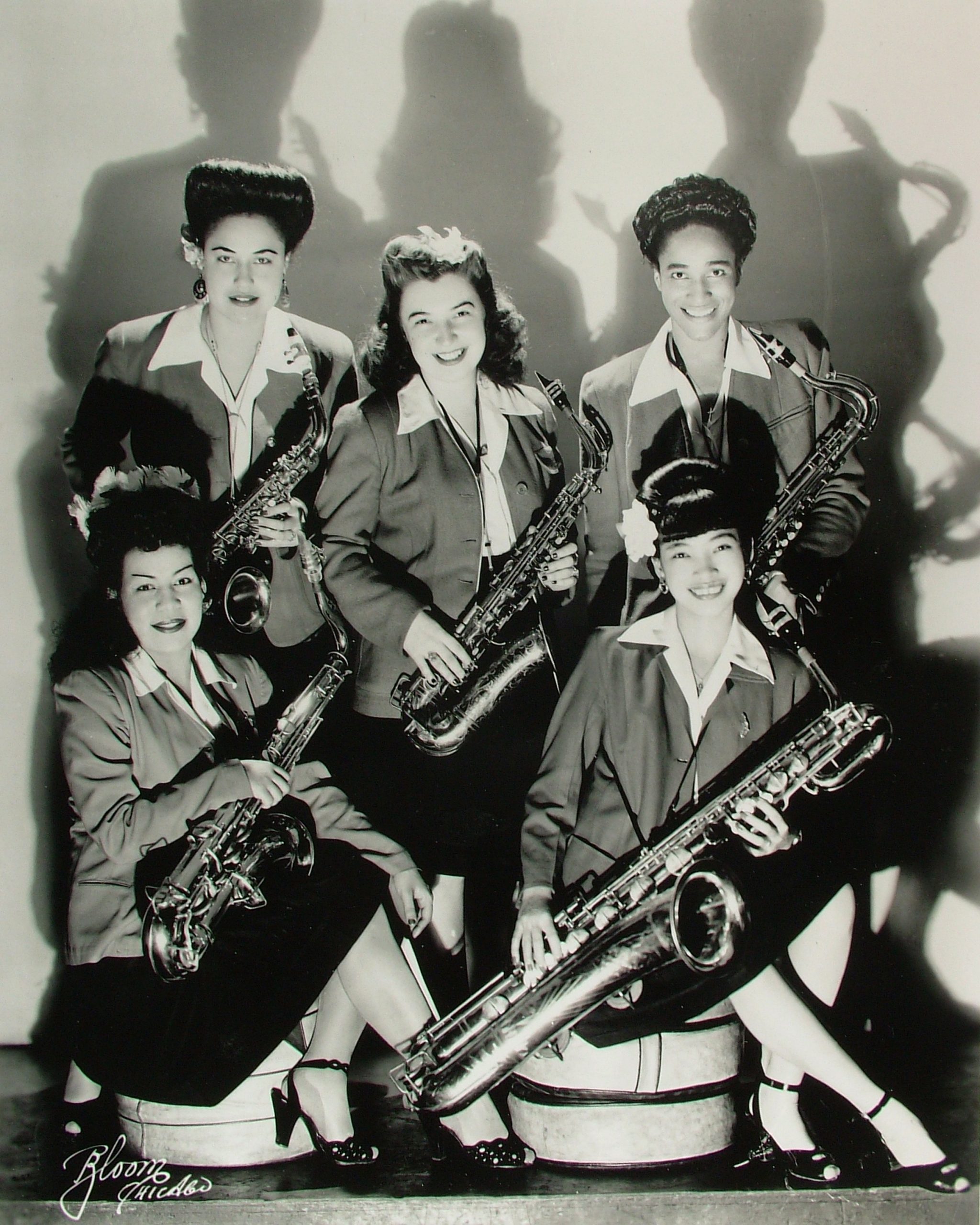
In an era marked by stark racial divides and rigid gender roles, the International Sweethearts of Rhythm emerged as an audacious symphony of defiance and unity. Formed in the late 1930s, this all-women Swing orchestra not only challenged the prevailing societal norms but also painted a canvas of cultural diversity that was rare for its time. The band, with its eclectic mix of African American, Latin, Asian, Jewish, Hawaiian, White, and Native American women, stood as a bold testament to the power of inclusivity in a period riddled with segregation and discrimination.
The origins of this remarkable ensemble trace back to the Piney Woods Country Life School, a beacon of progressive education situated amidst the rural poverty of Mississippi. Founded in 1910 by Laurence Clifton Jones, the school was a rare haven where marginalized youth could pursue an education, acquire vocational skills, and, crucially, explore the world of music. The school’s philosophy, steeped in Christian values and a commitment to empowerment through learning, created a fertile ground for nurturing talents. It was here that the seeds of the International Sweethearts of Rhythm were sown, their music becoming a language of hope and resistance.
The 1930s and 1940s in the United States were times of tumult and transformation. The Great Depression had left deep scars, and the winds of World War II were reshaping global dynamics. In this period of upheaval, societal norms were often unyielding, especially in matters of race and gender. Women, particularly those of color, found themselves on the fringes of the music industry, a domain that was predominantly male and resistant to racial diversity. The mainstream music press, exemplified by publications like Metronome and Down Beat magazines, seldom accorded due recognition to female musicians, let alone a racially diverse all-women band like the Sweethearts.
Against this societal backdrop, the formation of the International Sweethearts of Rhythm was nothing short of revolutionary. Their very existence was a challenge to the segregated norms of the music industry and society at large. By combining their diverse cultural backgrounds and musical talents, the Sweethearts not only broke barriers but also created a rich tapestry of sound that resonated with audiences across racial and social divides.
In delving into the story of the International Sweethearts of Rhythm, we embark on a journey that goes beyond the realm of music. Their narrative is a vivid chronicle of breaking barriers, a fusion of talent and determination that challenged the status quo. As we explore their legacy, we uncover a story not just of musical innovation, but of courage, resilience, and the unyielding pursuit of equality. This is a tale that resonates with profound significance, offering timeless lessons in the power of unity and the enduring quest for social justice.
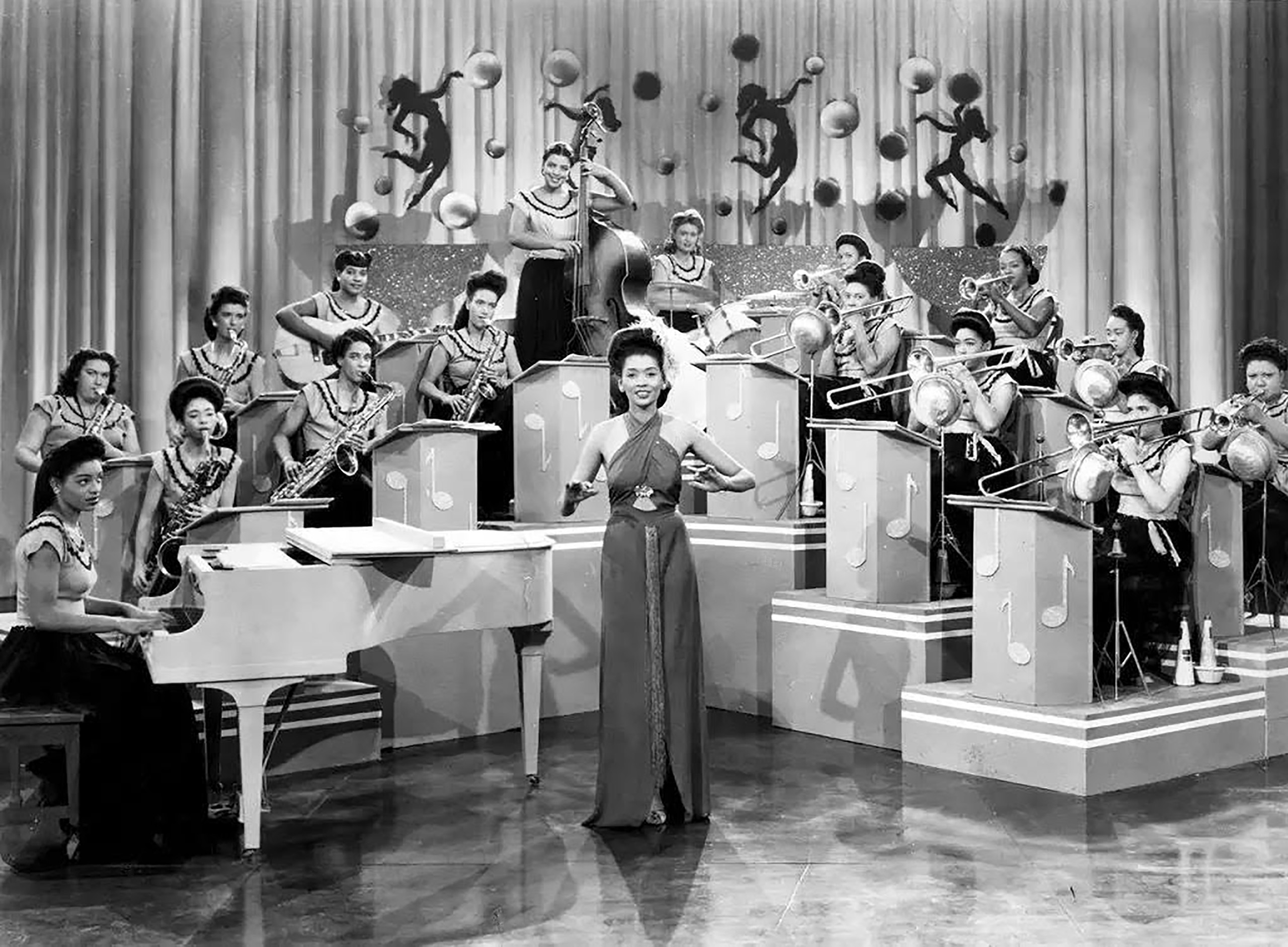
Rise to Stardom During WWII: The International Sweethearts of Rhythm
In the early 1940s, as World War II reshaped the global landscape, an extraordinary musical revolution was unfolding on the home front. With many male musicians drafted into the war, entertainment venues that were once bastions of male-dominated jazz began to open their doors to female bands. The Sweethearts seized this opportunity, embarking on a nationwide tour that would etch their name in the annals of music history. Their tours were not mere performances; they were dynamic exhibitions of skill, diversity, and empowerment. In cities like Detroit, Chicago, and Los Angeles, they shattered box office records, drawing crowds that rivalled those of Louis Armstrong and Count Basie. A remarkable instance was in Kansas City, where they captivated an audience of 11,000, a figure that was unheard of for an all-women band at the time.
The musical style of the Sweethearts was a harmonious blend of soulful improvisations, precise section work, and inventive arrangements. They transformed every stage into a vibrant canvas of sound and emotion. In a memorable battle-of-the-bands, they triumphed over the renowned Erskine Hawkins Orchestra, a feat that resonated deeply in the music world, challenging the then-prevailing notion that women couldn’t excel in jazz.
Their stage presence was electrifying. Audiences were spellbound by their performances, which were not just concerts but celebrations of freedom and artistic expression. This was especially poignant during a time when women’s roles were narrowly defined. Their shows, often lasting for hours, were a blend of high-energy music and engaging interaction, leaving the audience clamoring for more.
Critics, initially skeptical, were quickly won over. Newspapers of the time, even those that seldom covered women in jazz, began to take notice. The Pittsburgh Courier, known for its influential arts coverage, praised their “punch and tonal quality,” acknowledging the band’s exceptional musicality and spirit. This positive reception was a testament to the Sweethearts’ ability to transcend not just musical but also societal boundaries.
Yet, their journey was not devoid of challenges. Touring during wartime America, particularly as a racially diverse all-women group, presented logistical nightmares and societal hurdles. They navigated a country still deeply entrenched in segregation and sexism, often facing and overcoming barriers that their male counterparts never encountered.

Breaking Racial and Gender Barriers: The International Sweethearts of Rhythm
The band’s ethnic diversity was in itself a bold statement. In a country where Jim Crow laws were prevalent, their very existence defied racial boundaries. This defiance was more than symbolic; it was a lived reality, as they toured across a segregated nation. The band members often faced racial discrimination and gender biases that would have discouraged the less resilient. For instance, Willie Mae Wong, the band’s baritone and alto saxophonist, recalled occasions where the band had to eat on their bus because local restaurants refused to serve them due to their racial diversity.
Despite these challenges, their performances were celebrations of musical excellence and cultural harmony. Music historian Dr. Sally Placksin, in her work “American Women in Jazz,” highlights how the Sweethearts broke new ground, not just musically but socially, by bringing diverse audiences together. Their concerts, often held in venues that were either exclusively for white or black audiences, drew mixed crowds, a rare occurrence at the time.
Their struggle for recognition extended to the mainstream music industry, which was slow to acknowledge the contributions of female musicians, especially those of color. Sherrie Tucker, in her book “Swing Shift,” notes that while all-women bands were often viewed as novelties, the Sweethearts transcended these perceptions through sheer talent and perseverance. They weren’t just playing alongside male bands; they were often outshining them. This was evident in their famous battle-of-the-bands performances, where they held their own against prominent male orchestras, challenging the notion that women could not excel in jazz.
The gender barriers the Sweethearts broke were significant. In an era where female musicians were often confined to singing or seen as ‘side attractions,’ the Sweethearts demonstrated mastery in all aspects of jazz performance. This was a radical departure from the norm, inspiring future generations of female musicians. Their legacy, as Linda Dahl describes in “Stormy Weather: The Music and Lives of a Century of Jazzwomen,” is one of breaking through the ‘brass ceiling’ of the jazz world.
Post-War Era and Decline: The International Sweethearts of Rhythm
As the echoes of World War II faded, the landscape of American music underwent a seismic shift, heralding a challenging era for the International Sweethearts of Rhythm. The end of the war marked not just a return to peace but also a return of male musicians, significantly altering the dynamics within the music industry that had favored all-women bands like the Sweethearts during the war years.
The post-war period saw a resurgence of male-dominated bands. These musicians, returning from service, sought to reclaim their positions in an industry that had temporarily adapted to their absence. This influx significantly increased competition, making it difficult for all-women groups to maintain their prominence. The Sweethearts, despite their remarkable talent and popularity, were not immune to these changes.
Concurrently, there was a notable shift in musical tastes. The era of big band swing, which had been the Sweethearts’ forte, was giving way to bebop and rhythm and blues. These genres, characterized by smaller ensembles and a more improvisational style, contrasted starkly with the structured and expansive arrangements of swing music. This transition in public preference further marginalized large orchestras, including the Sweethearts.
The disbandment of the International Sweethearts of Rhythm in 1949 was a poignant symbol of this transitional period in music history. However, the personal stories of key members like Anna Mae Winburn, Pauline Braddy, and Willie Mae Wong in the post-band era are narratives of resilience and enduring passion for music.
Anna Mae Winburn, the band’s dynamic leader, faced an industry where opportunities for women, especially in leadership roles, were dwindling. She continued to perform with smaller bands, but the spotlight that once shone on the Sweethearts had dimmed. Her perseverance, however, remained a source of inspiration for aspiring female musicians.
Pauline Braddy, the celebrated drummer, encountered a post-war music scene that had little room for female instrumentalists. Despite these challenges, she continued to play whenever opportunities arose, demonstrating her unwavering commitment to her art.
Willie Mae Wong’s journey post-disbandment is a testament to the double-edged sword of racial and gender bias in the industry. Her continued involvement in music, though less publicized, spoke volumes about her resilience in an era that was often unkind to women of color in the arts.
The post-war decline of the International Sweethearts of Rhythm reflects a broader narrative of changing times and evolving societal norms. Their story, particularly in these later years, is not just about the challenges faced by female musicians in a transforming industry, but also about the enduring spirit of these artists. The legacy of the Sweethearts lives on, not only in the music they created but in the barriers they broke, paving the way for future generations of women and minority musicians in an ever-evolving musical landscape.
Enduring Legacy: The International Sweethearts of Rhythm
As the curtain falls on the remarkable saga of the International Sweethearts of Rhythm, their legacy continues to resonate, a powerful testament to their groundbreaking journey in music and social equality. More than just a band, they were pioneers who challenged and changed the societal norms of their time, leaving an indelible mark on history.
Their contributions have been recognized and honored in numerous ways over the years. Documentaries like “The Girls in the Band” shed light on their story, bringing their struggles and achievements into the public eye. Books such as “Swing Shift: ‘All-Girl’ Bands of the 1940s” by Sherrie Tucker and “American Women in Jazz” by Sally Placksin have documented their journey, ensuring their place in the annals of music history. These tributes and scholarly works not only celebrate the Sweethearts but also serve as critical reflections on their impact in breaking racial and gender barriers in the arts.
The Sweethearts’ influence has been profound and far-reaching. They inspired generations of musicians, paving the way for women and minorities in jazz and beyond. Notable artists across decades have cited the Sweethearts as a key influence, underscoring their role in shaping the trajectory of modern music. Their story resonates with contemporary movements advocating for diversity and inclusion in the arts, symbolizing the ongoing struggle for equality and representation.
In summarizing their historical significance, the Sweethearts’ journey from Piney Woods to the national stage stands as a beacon of hope and perseverance. They navigated the challenges of a segregated America and the male-dominated music industry with grace and tenacity, setting a new standard for musicianship and equality. Their legacy is not just in the music they created but in the barriers they broke and the path they blazed for others to follow.
As we reflect on the International Sweethearts of Rhythm, their story strikes a chord that goes beyond mere nostalgia. It is a narrative that speaks to the heart of the human experience – the pursuit of dreams against all odds, the fight for one’s rightful place in the world, and the enduring power of art to bridge divides. Their legacy continues to inspire and guide, a timeless reminder of the role of art as a catalyst for change, uniting us in our shared humanity and our collective quest for a more inclusive and equitable world.


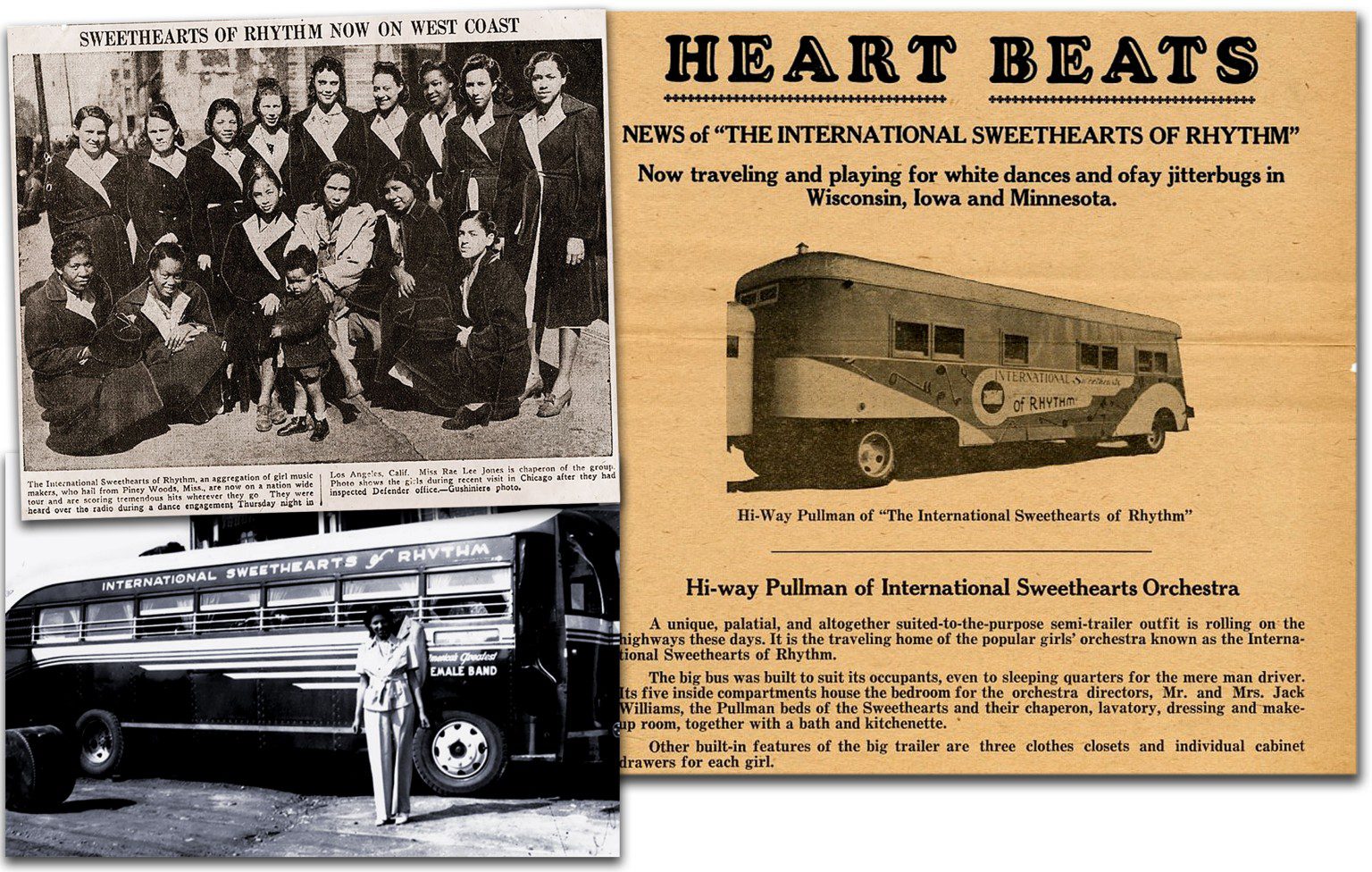
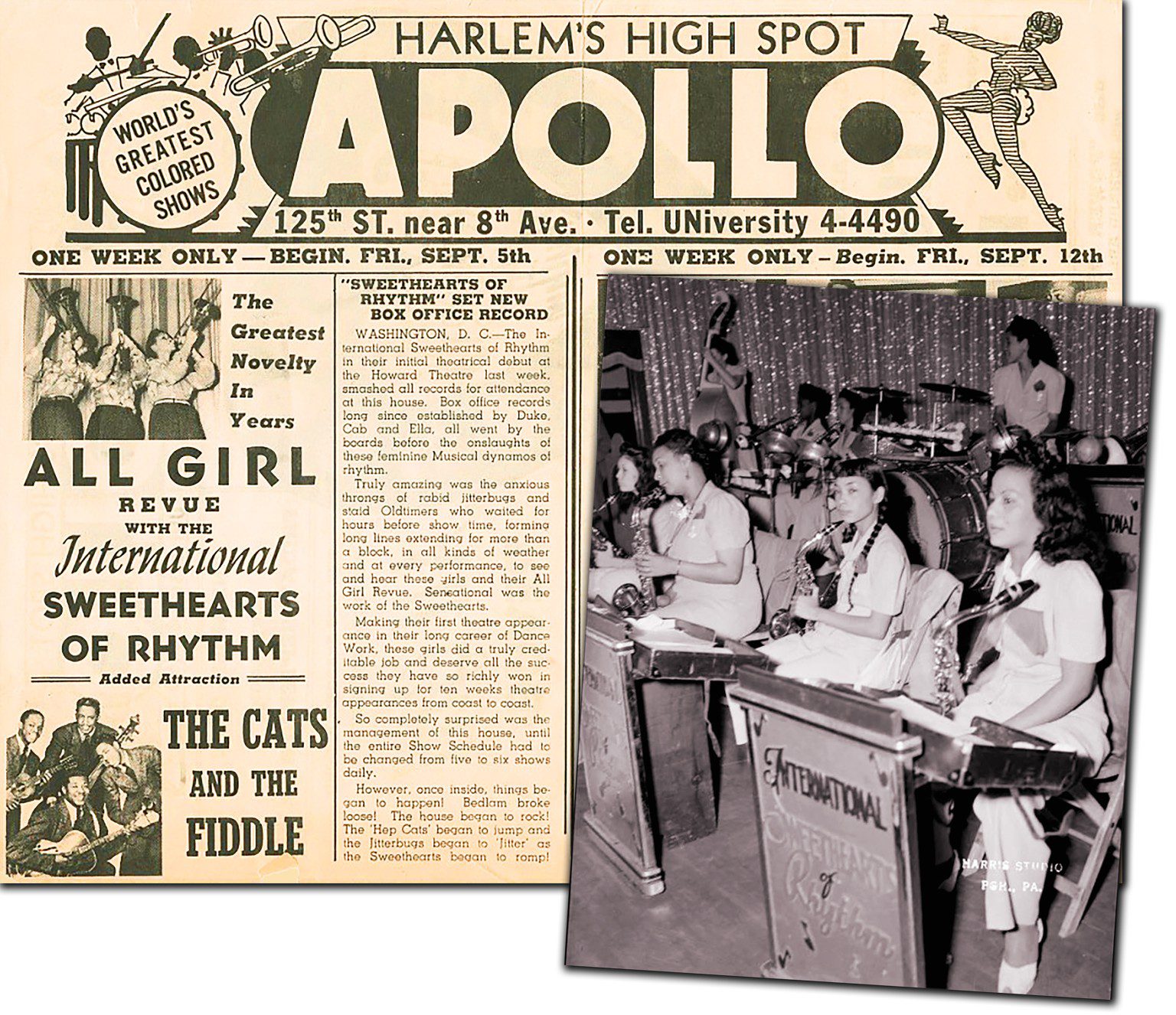

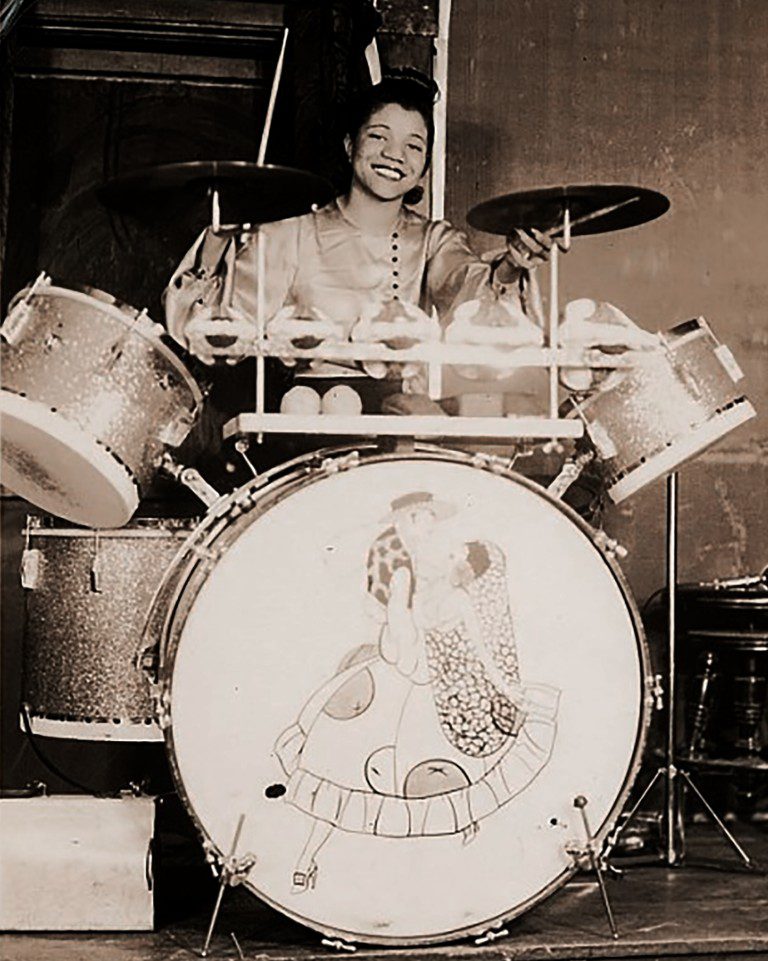
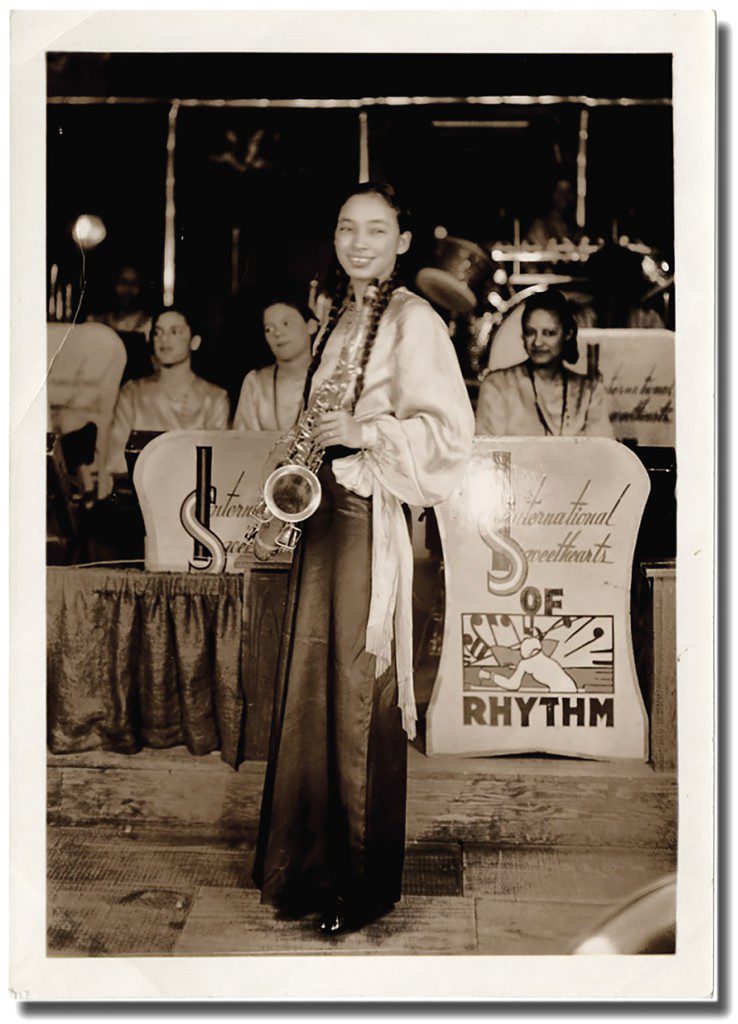




















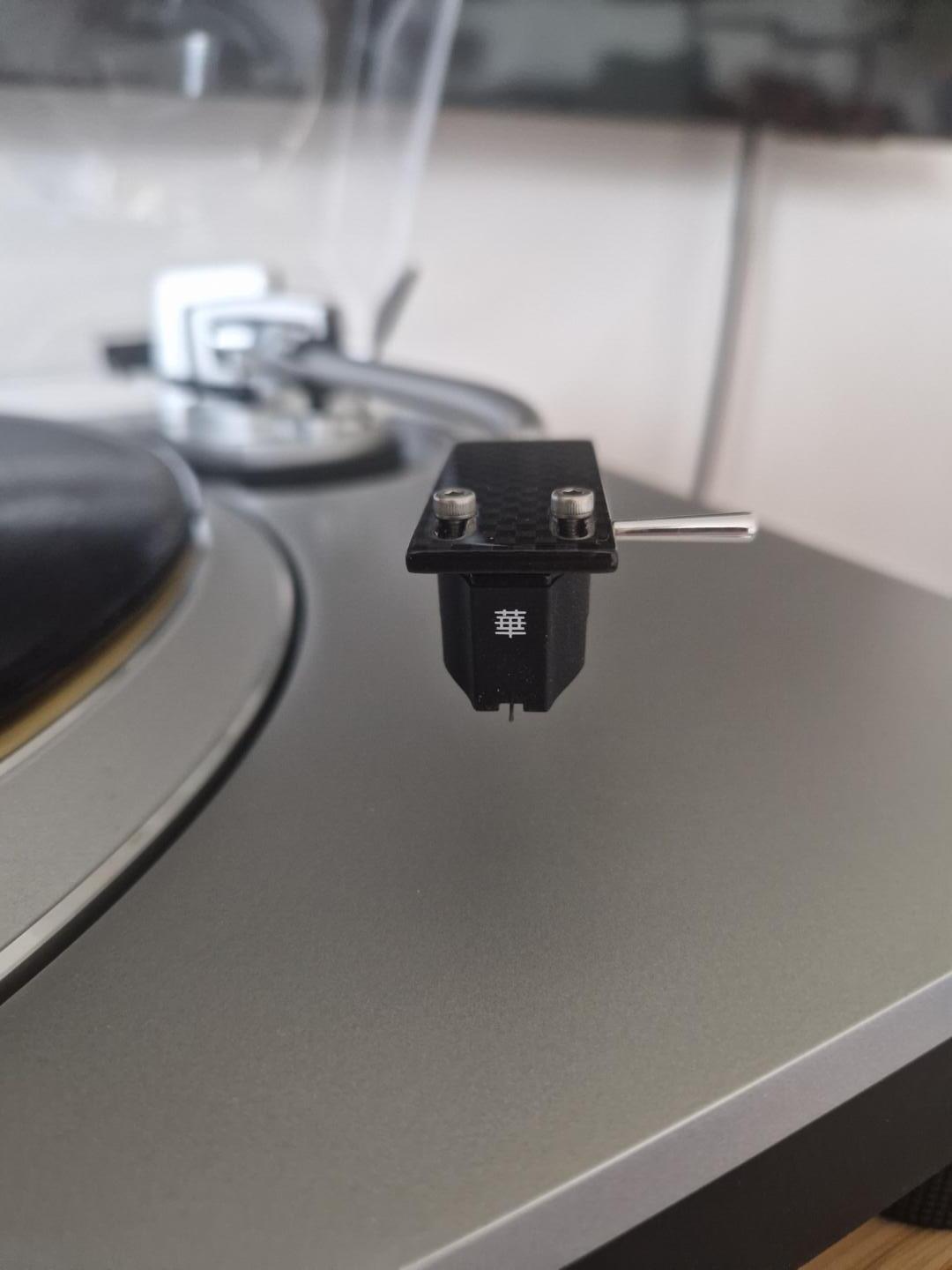

Leave a Reply